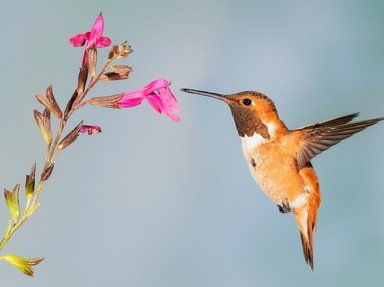
The Birds in My Garden Trivia Quiz
in the UK
I like feeding the birds in my garden and am lucky that there are a lot of trees around my home. This means I see quite a variety of different birds, which you need to pick out from this list. The others are not known as garden birds, so ignore them.
A collection quiz
by rossian.
Estimated time: 3 mins.